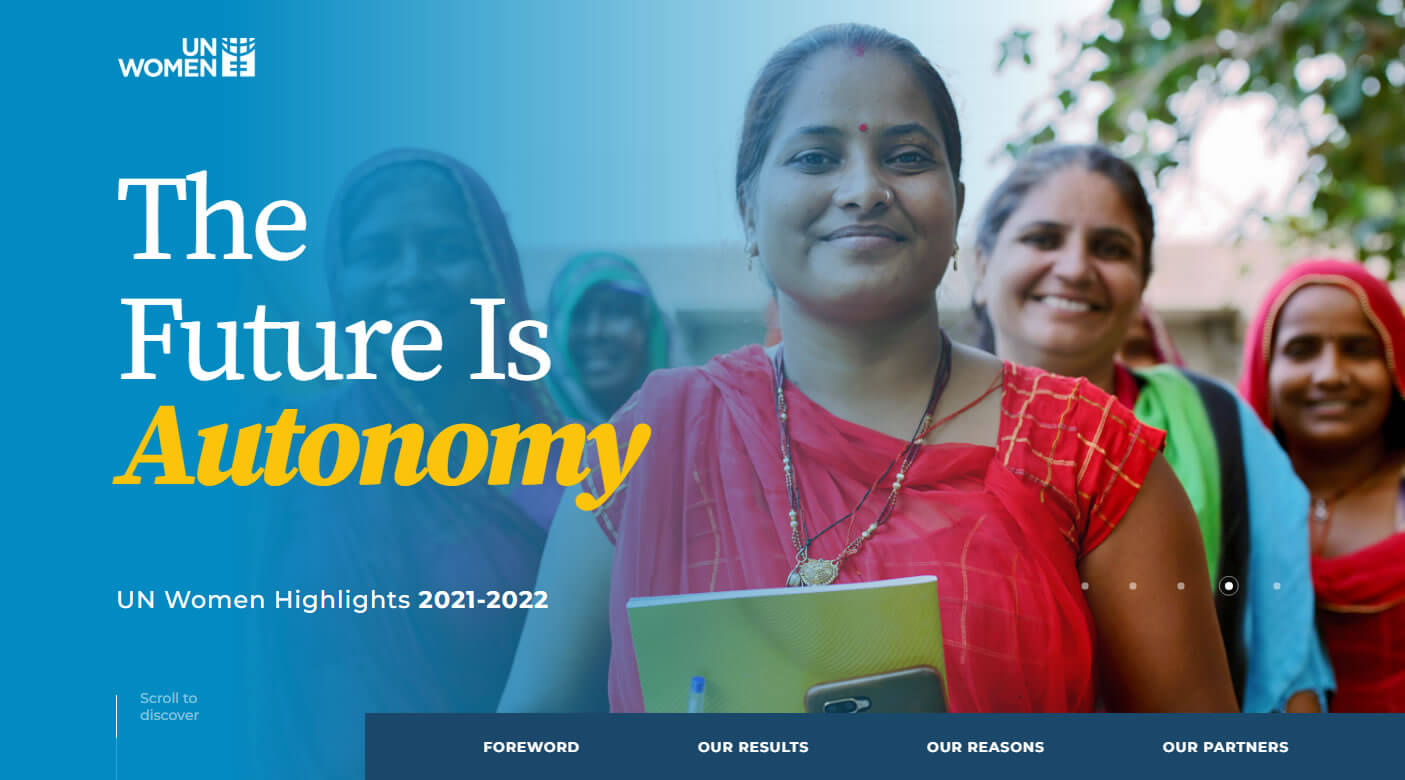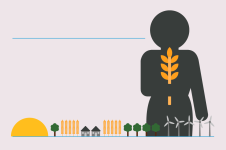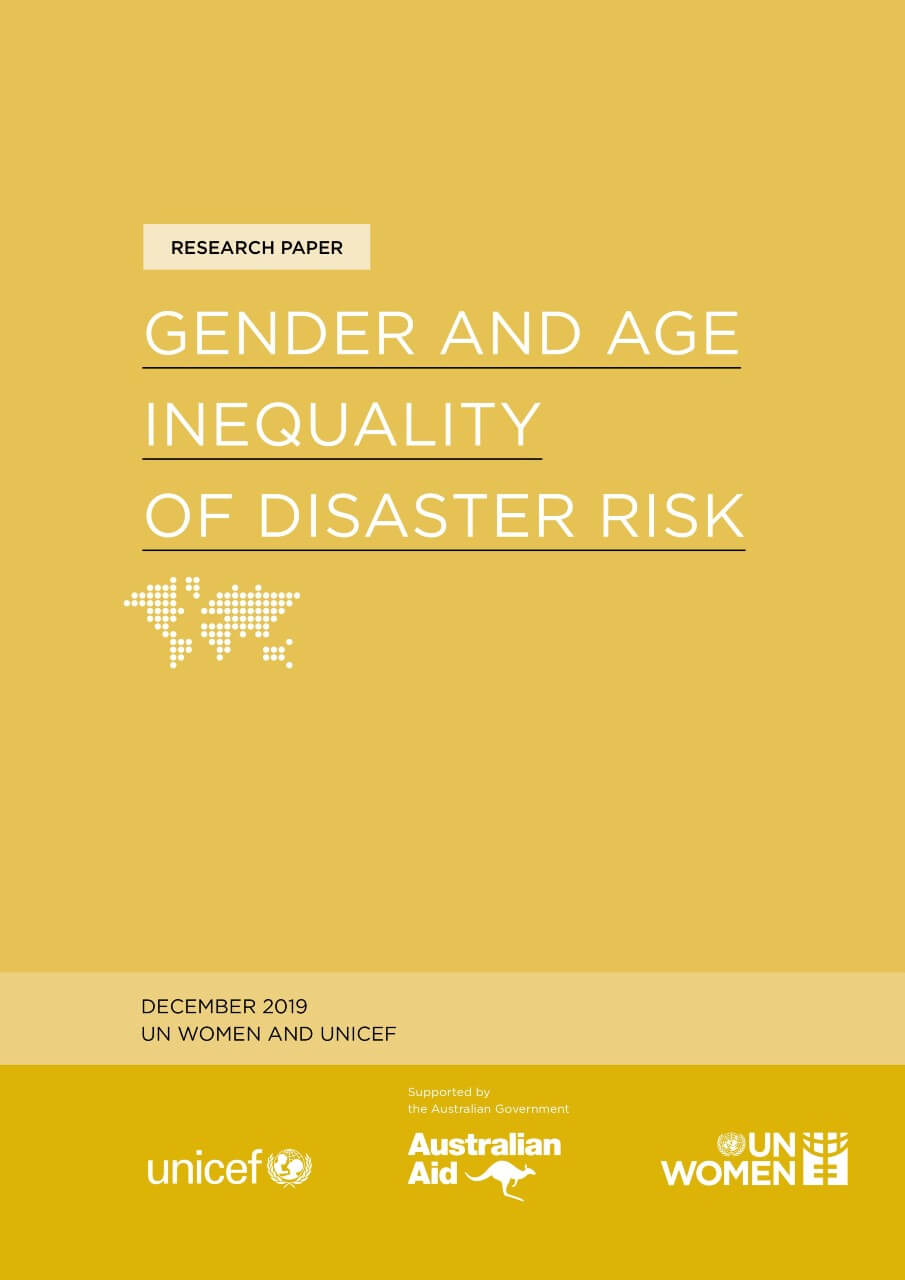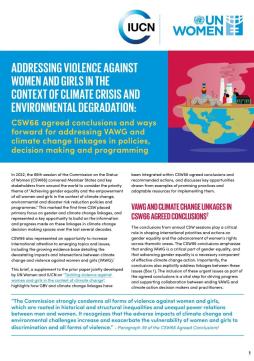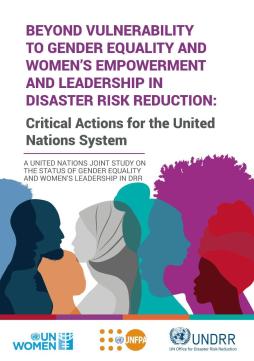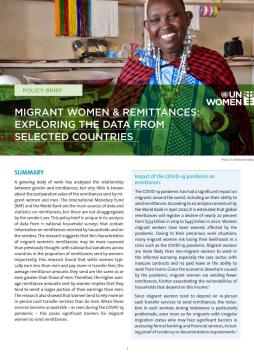Gender and age inequality of disaster risk
To understand disaster risk better and tackle it effectively and in a gender- and age-responsive manner, it is important to delve into the complexities and inequalities in a given location, the differences within and between broad categories of women, men, boys, and girls, taking a context-specific and intersectional approach.
This study explores the connection between gender and age inequality and disaster risk, examining evidence at a global level, and in three case study countries: Nepal, Malawi, and Dominica.
The key findings of this research are (p. 5):
- Examples of differential impact are context- and event-specific;
- There are huge gaps in disaggregated quantitative data at a global level;
- Data gaps actively contribute to and reinforce exclusion. Data gaps excluding marginalized groups were apparent in all data sets, including at census level, meaning marginalized groups were often invisible in analysis, policy, and practice.
In order to reduce gender and age inequalities in disaster, there is a need for better understanding of differential impact, which needs to be underpinned by gender and age inequality informed data.
This shift will require, among others (p. 6):
- Strengthened systems for sex- and age-disaggregated quantitative data;
- Proactive efforts to identify, build trust, engage with, and listen to the experiences of those most at risk of being left behind; and
- Mechanisms to enable these marginalized experiences to inform gender and age-responsive disaster risk reduction actions.




